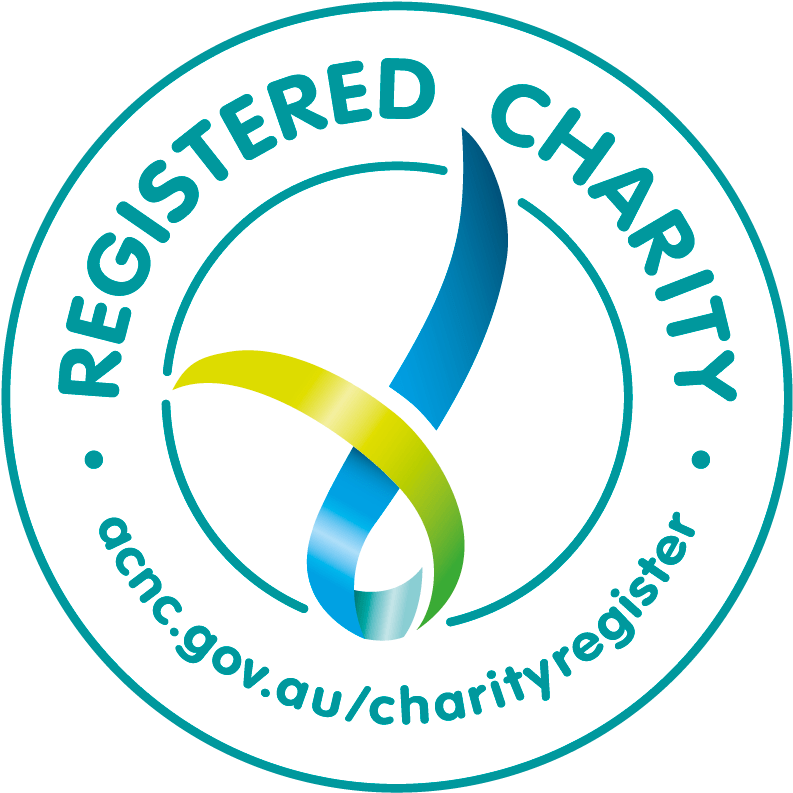One of the central components of the Arms Trade Treaty is the requirement for all States Parties to establish a National Control List – or a full and comprehensive listing of all weapons, systems, parts and components, and ammunition and munitions under the control of, and for use by state authorities.
The ATT identifies eight categories within its Scope (Article 2), and also includes Ammunition/Munitions (Article 3) and Parts and Components (Article 4). Taken together, these elements comprise all the items that the Treaty is designed to control.
The Scope of the ATT includes the following:
- Battle tanks;
- Armoured combat vehicles;
- Large calibre artillery systems;
- Combat aircraft;
- Attack helicopters;
- Warships;
- Missiles and missile launchers; and
- Small arms and light weapons.
Guidance already exists for countries to refer to existing lists, adopt them in full or to adapt to their own needs. In particular, an extensive range of definitions can be found in the control lists established by the Wassenaar Arrangement.[1] The “Stand Alone Munitions List” of the Wassenaar Arrangement goes into great detail about the various elements that should comprise a comprehensive control list.
The development of control lists has been a low priority for most Pacific Island countries, given the relatively small size of weapon and ammunition stockpiles in each country. Most of these countries do not possess, or harbour any intent to possess in the future, a varied arsenal of weaponry or weapons systems. As a result, there was a need to research and develop a list suitable for Pacific Island countries – and indeed other small countries with similar characteristics.
As a result, the Government of New Zealand commissioned the Control Arms Secretariat to develop a pared-down control list for use by Pacific Island countries. Deepayan Basu Ray conducted that research on behalf of Control Arms, and has since – in his current role at the Centre for Armed Violence Reduction – been working with Pacific Island government authorities to review their national control lists.
The final draft of the Model Control List is intended as guidance for small Pacific Island countries with specific national requirements. Following consultation with a wide range of Pacific Island government officials, the focus of the Model Control List was to ensure comprehensive definitions for small arms, light weapons and ammunition – while maintaining minimum thresholds of definitions for the remaining categories within the scope of the Arms Trade Treaty.
The Model Control List adapted the definitions of Small Arms and Light Weapons from the Wassenaar Arrangement’s “Stand Alone Munitions List”, and the definition of Ammunition is from the International Ammunition Technical Guidelines (IATG).
[1] “The Wassenaar Arrangement was established to contribute to regional and international security and stability, by promoting transparency and greater responsibility in transfers of conventional arms and dual-use goods and technologies, thus preventing destabilising accumulations.” https://www.wassenaar.org/about-us/
Links:
Model Control List for Pacific Island Countries [https://www.armedviolencereduction.org/wp-content/uploads/2020/05/Model-Control-List-for-Pacific-Island-Countries.pdf]
Control Arms [https://controlarms.org/]
New Zealand Ministry of Foreign Affairs and Trade [https://www.mfat.govt.nz/]

